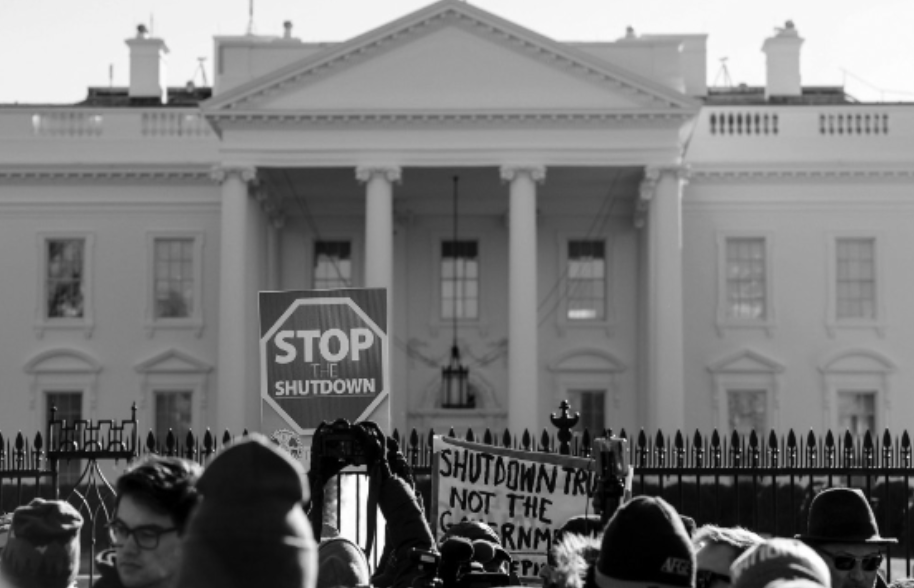By Ittai Sopher PZ ’16
Political Correspondent
The longest government shutdown in United States history began with an attempt by President Donald Trump to undermine Speaker of The House Nancy Pelosi’s (D-Calif.) leadership. “I also know that Nancy’s in a situation where it’s not easy for her to talk right now,” Trump said on Dec. 11 2018, turning to a room crowded with press. “And I understand that.”
However, Trump’s remarks were met with a quick rebuke from Pelosi: “Mr. President, please don’t characterize the strength that I bring to this meeting,” Pelosi said.
This exchange followed a nearly ten-minute long public argument between Trump, Pelosi and Senate Minority Leader Chuck Schumer (D-N.Y.) in which Trump threatened that if Democratic leaders refused to support his $5.8 billion proposal for a border wall then the government would be shut down.
“If we don’t get what we want,” Trump said to Schumer. “I am proud to shut down the government for border security.”
Despite this strong early statement in support of shutting down the government until Democrats agree to support funding for an expensive border wall, Trump quickly changed his tone, blaming Democrats for the shutdown.
“If enough Dems don’t vote, it will be a Democratic shutdown,” Trump said.
Allies of Trump like Sen. Ted Cruz (R-Texas) also attempted to label the shutdown as a plot by the Democrats to undermine border security and federal workers, after the president agreed to end the shutdown.
“I am glad the Schumer shutdown is over,” Cruz tweeted on Jan 25. “I am glad federal workers will finally be paid.”
It’s no coincidence that the shutdown that Trump started coincides with an unprecedented increase in women and Democratic representatives in the House. Pelosi was appointed to her position as speaker of the house by a Democratic body that included 89 female representatives.
Fox News is fixated on the freshman female members of Congress, especially Rep. Alexandria Ocasio-Cortez (D-N.Y.), who became the youngest female member of Congress in U.S. history last month. According to The Washington Post, Fox News’ coverage of Rep. Steve King’s (R-Iowa) most recent racist comments paled in comparison to the network’s daily recaps of Ocasio-Cortez’s policy proposals and information about her private life and statements.
Trump’s fight with Pelosi and Schumer can be seen as an extension of this right-wing angst over the freshman congressional class. Right wing media outlets, like Fox News, have historically provided Trump with material for tweets and statements.A Politico analysis from Jan. 2018 found more than 20 examples of Trump essentially copy and pasting content from Fox News contributors to his Twitter feed or often to his own spoken statements.
Above all, the 116th Congress led by Pelosi and Democratic leadership has the ability to deny Trump the opportunity to address Congress and the nation at the highly covered annual State of The Union Address.
“The House of Representatives will not consider a concurrent resolution authorizing the president’s State of the Union address in the House chamber until the government has reopened,” Pelosi said in a Jan. 23 statement. “I look forward to welcoming you to the House on a mutually agreeable date for this address when government has been opened.”
Two days later, Trump signed a bill to reopen the government.
Image Courtesy of New York Times



